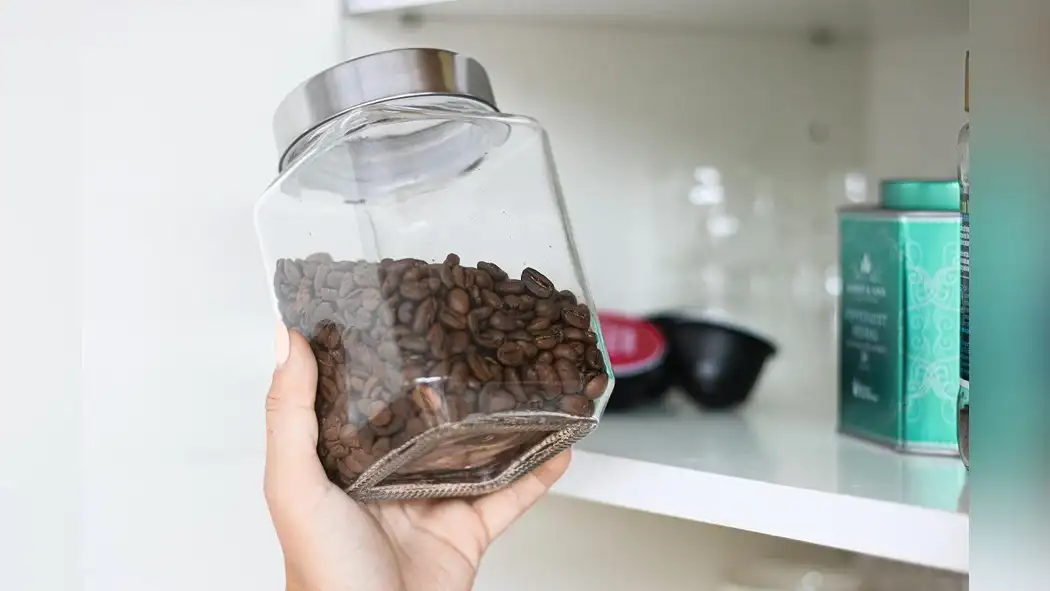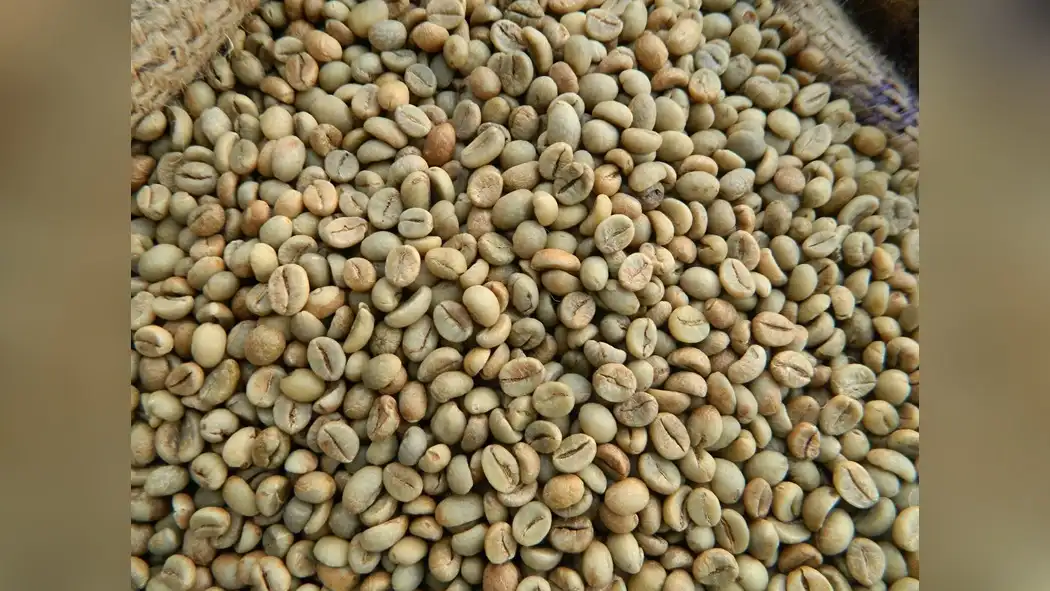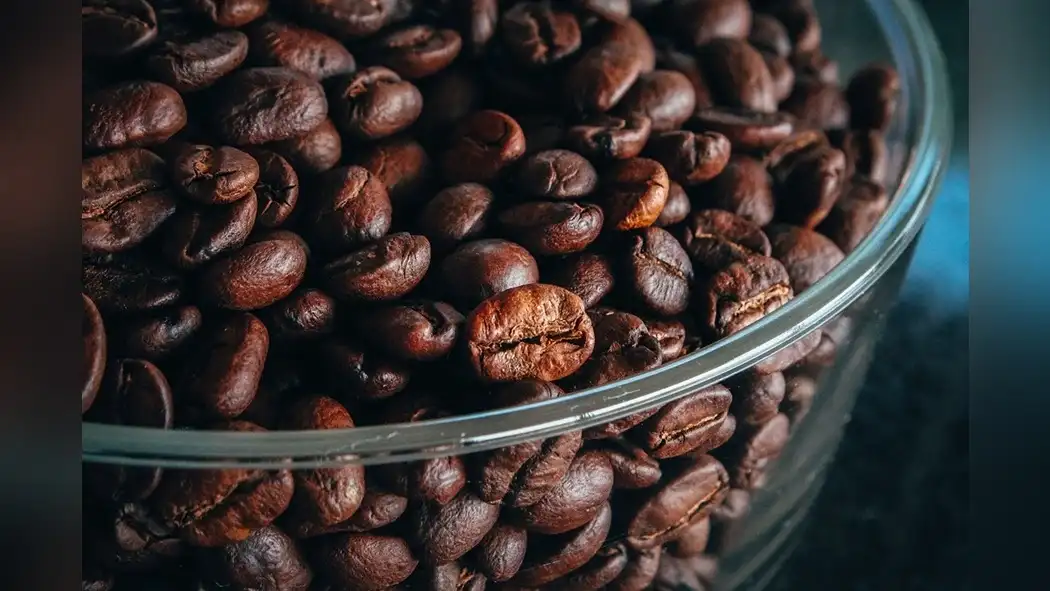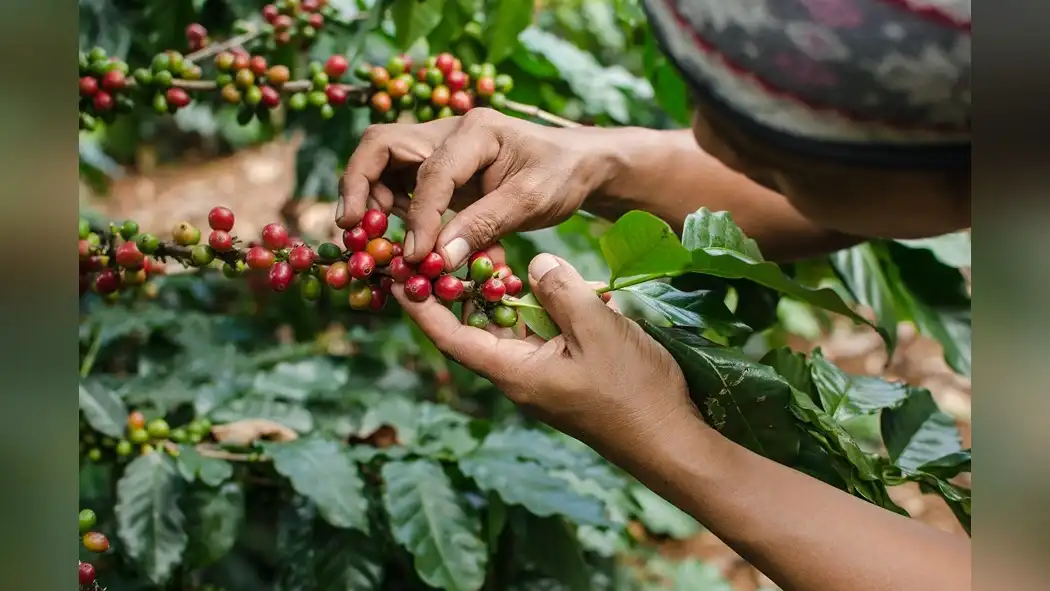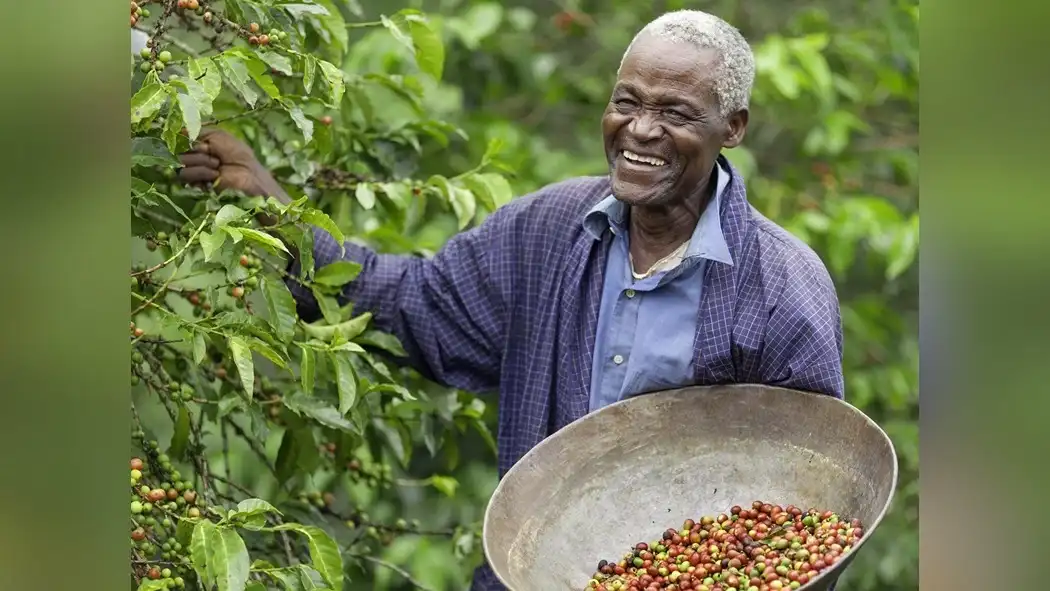If you've ever wondered about the best way to peel robusta coffee beans, you're in the right place.
In 'Robusta Coffee Bean Peeling Methods: A Comparative Analysis,' we'll explore the most common techniques for removing the outer layer of these beans.
From dry milling and wet hulling to mechanical peeling and natural fermentation, we'll break down each method and compare their effectiveness.
Whether you're a coffee enthusiast or a professional in the industry, this analysis will provide you with a comprehensive understanding of the different peeling methods and their impact on the final product.
So, let's dive in and discover the secrets behind peeling robusta coffee beans!
Dry Milling Method
In dry milling, you use mechanical methods to remove the outer layers of the robusta coffee beans. This method is known for its dry milling efficiency, as it can process a large volume of beans quickly.
The environmental impact of dry milling is relatively lower compared to other methods that use water and chemicals. Dry milling reduces water usage and eliminates the discharge of large quantities of wastewater, making it a more environmentally friendly option.
The efficiency of dry milling not only saves time but also reduces energy consumption, resulting in a more sustainable process overall. By utilizing mechanical means to peel the coffee beans, dry milling minimizes the use of additional resources and chemicals, which aligns with the growing demand for eco-conscious practices in coffee production.
As a result, the dry milling method stands out for its effectiveness in peeling robusta coffee beans while minimizing its environmental impact, making it a favorable choice for those seeking efficient and sustainable coffee processing techniques.
Wet Hulling Method
You can achieve a higher yield of robusta coffee beans by employing the wet hulling method, which involves removing the parchment layer when the beans still contain a high moisture content. This method is commonly practiced in regions with high humidity and limited access to mechanical dryers.
The high moisture content of the beans during wet hulling, typically around 50-60%, facilitates the removal of the parchment layer. This process results in a faster and more efficient peeling of the beans, contributing to a higher overall yield.
However, it's important to note that the high moisture content during wet hulling can impact the bean quality if not carefully managed. Beans with excessively high moisture content are prone to developing off-flavors and mold during storage and transport. Therefore, proper drying and conditioning of the beans after wet hulling are crucial to maintain bean quality.
Additionally, the wet hulling method requires careful monitoring of the fermentation process to prevent over-fermentation, which can also lead to quality degradation.
Mechanical Peeling Process
When employing the mechanical peeling process for robusta coffee beans, the efficiency of removing the parchment layer is enhanced compared to other traditional methods, allowing for a more controlled preservation of bean quality.
Automated peeling plays a significant role in this process, as it ensures a consistent and uniform removal of the parchment, minimizing damage to the beans. Through the use of automated equipment, the peeling process becomes more efficient, reducing the risk of overexposure to heat or moisture, which can affect the flavor and quality of the beans.
Additionally, manual separation is employed to remove any remaining parchment or silver skin that may not have been eliminated during the automated peeling process. This meticulous approach ensures that the beans are thoroughly cleaned and ready for the next stage of processing.
Natural Fermentation Technique
The Natural Fermentation Technique enhances the flavor profile and aroma of robusta coffee beans through a controlled and organic process. This traditional method involves allowing the coffee cherries to ferment naturally before they're washed and dried.
The fermentation duration is crucial, as it directly impacts the flavor development of the beans. Typically, this process lasts between 24 to 36 hours, during which natural enzymes break down the mucilage surrounding the beans, leading to a smoother and more balanced flavor profile.
The environmental impact of the natural fermentation technique is significantly lower compared to other processing methods, as it requires minimal water usage and avoids the need for additional chemicals or energy-intensive machinery. Additionally, the organic nature of this process aligns with the preferences of consumers who seek sustainably produced coffee.
The fermentation duration, when carefully monitored, ensures that the coffee beans achieve the desired flavor characteristics, while the environmentally friendly aspects of this technique appeal to those seeking responsibly sourced coffee.
Chemical Processing Approach
The use of chemicals in the peeling process alters the flavor and aroma of robusta coffee beans, impacting their sensory characteristics and environmental footprint.
Chemical processing offers several benefits, including consistent results, shorter processing times, and higher yields. However, it's important to consider the environmental impact of using chemicals in coffee bean peeling.
Chemical processing can lead to the generation of waste and the release of harmful by-products into the environment if not managed properly. Additionally, the use of certain chemicals may contribute to soil and water contamination.
It's essential to implement proper waste management and disposal practices to mitigate these environmental concerns. When considering the use of chemical processing for coffee bean peeling, it's crucial to weigh the potential benefits against the environmental impact.
This involves carefully assessing the chemicals used, their potential long-term effects on the environment, and adopting sustainable practices to minimize any adverse consequences. By doing so, it's possible to harness the benefits of chemical processing while minimizing its environmental footprint.
Pneumatic Peeling Procedure
Considering efficiency and gentleness, pneumatic peeling utilizes air pressure to remove the outer skin of robusta coffee beans, ensuring minimal damage to the beans. This method involves placing the beans in a chamber where pneumatic pressure is applied to separate the skin from the beans.
Here are some key points to understand about the pneumatic peeling procedure:
- Gentle Process: Pneumatic peeling is gentle on the beans, preserving their integrity and minimizing breakage or damage during the peeling process.
- Efficiency: The use of pneumatic pressure allows for efficient peeling of a large quantity of beans in a relatively short amount of time, making it suitable for commercial processing.
- Controlled Operation: The air pressure can be precisely controlled, ensuring that the peeling process is consistent and uniform across all the beans.
- Reduced Labour: Pneumatic peeling reduces the need for manual labor, streamlining the peeling process and reducing associated costs.
- Clean and Hygienic: As it's a dry process, pneumatic peeling helps maintain cleanliness and hygiene in the processing environment.
Conclusion
In conclusion, the robusta coffee bean peeling methods offer a range of options for coffee producers. From the traditional dry milling and wet hulling methods to the modern mechanical peeling process and chemical processing approach, each technique has its own unique benefits.
Whether it's the natural fermentation technique or the pneumatic peeling procedure, there's a method suited for every coffee bean. The diverse methods create a symphony of peeling options, ensuring a rich and flavorful coffee experience.





